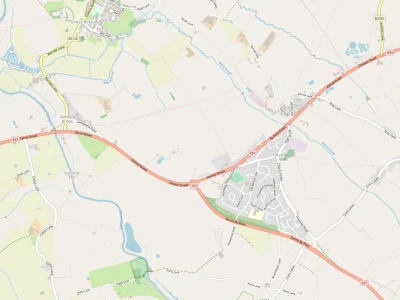





This was our AGM meeting but the business is executed efficiently and speedily so we can progress to a more interesting topic. The accounts were detailed, committee formed and thanks given to retiring members. Joyce Dulohery , as retiring Chairman, was presented with flowers and a garden voucher. The vice-chairman Merryn Shaw will take over.
Following we welcomed Mary Pease who talked, showed slides and passed around samples of Andean crafts. Alan Wilkinson kindly helped out by using his computer for the slide show and also provided the photos for this article. Thanks Alan. Our speaker can be recommended for giving an interesting talk on areas not too many of us have visited and know little about. She can be contacted on 0161-485-2295 or email marypease@hotmail.com
She informed us that many ancient crafts were going out of existence so a group in Peru got together to keep this from happening. The 1st craft she described was Gourd Engraving- a fascinating craft which uses all sizes and shapes of gourd. After cleaning and drying they are coloured in rich shades of burnt orange, brown and black and then engraved using fine chisels. The intricacy and fineness of the design rather than the object size makes the value. The designs show ways of life with examples of communal cooking, animals, pan-pipes, buildings, sun and moon and a wedding group. There were rattles (seeds left in gourd), key-ring fobs, Christmas tree baubles, masks and wall-hangings (gourd cut in half), a Father Christmas with the front cut out to show a nativity scene and a doll's house type structure with several rooms with contents. This craft is ideal for people in poverty as so little equipment is needed.
Her next craft was textiles in many forms and she had a picture of a knot and string device which was used by the Incas for accounting (an early abacus). Textiles have been in continuous use for 10,000 years. Unlike the engraving, weaving requires a loom – in some villages 90% of families owned one. The whole family are involved with different members having their own suitable work. We saw a picture of children working a loom made from an old bicycle wheel. Fabrics are produced from llama, alpaca and vicuna. The latter is the most highly prized as these animals starve themselves to death if kept in captivity. They are only sheared once in 3 years and to shear them involves hundreds of farmers forming a circle to catch them.
Tapestries are made using unspun wool which makes them look like a picture. Their shawls are very distinctive and show which village its wearer hails from. The embroidery too shows where it was produced and is mainly done in chain stitch. The dyes now used are synthetic and the designs are stylised animals birds rivers and flowers whilst the colours are inspired by the local flowers.
Mary spent less time on details of other crafts but illustrated them well. Silverware is produced in Argentina from old designs whereas in Peru the specialism is filigree work. We saw a very ornate ceramic beer container and the woodwork seen was altar pieces. We also saw a lute made from an armadillo skin.
Each craft has its master craftsman, called an Amauta. This is an annual award from the Peruvian Government. She sells crafts after her talk for those who wish to have an example of these diverse crafts to help support the Mountain School in Huancayo in the river Matara valley.
We have no Flower club meeting in August but next month I will report on some new initiatives and visits and provide the programme for the new season.
Quick Links
Get In Touch
TarvinOnline is powered by our active community.
Please send us your news and views.




